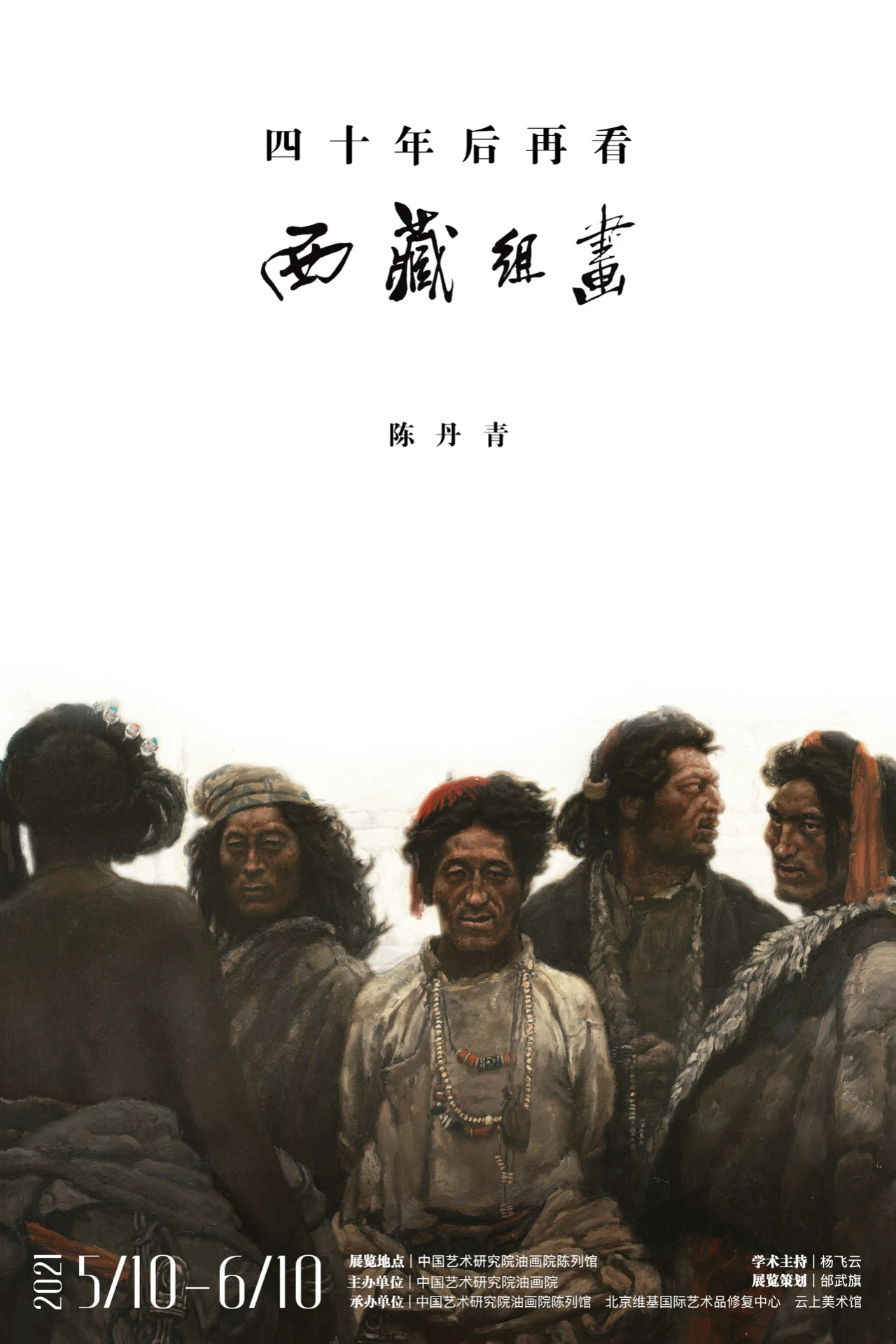41 years ago, the Tibetan Painting Series was created, I had seen it once 15 years ago, and had seen it again this April. It was The Shepherd that came into the studio for a physical evaluation, in preparation for her re-entry into market circulation. Seven paintings, up to now, The Shepherd is the only one in market circulation.
Nosey people such as me, get all sorts of ideas upon seeing it. Maybe I can take advantage of the time gap before the artwork re-enters the market, and make a public exhibition in the nearest art academy? This felt like a person who has not been home for a long time passing by the front door of his own home and coming in for a chat.
The collector agreed, the client also agreed, colleagues and cadres at the art academy even encouraged me by asking if it was possible to find other works from or related to the Tibetan Painting Series? The other six artworks are located in their separate environments, I had no clue of their whereabouts, so it didn’t look easy. I looked for the creator, who did not agree to participate, and said “the Tibetan Painting Series is old news.” Be as it may, people still want to exhibit and see it.
Then, in the creator’s studio, after a large-scale search, I found more than 100 sketches, drawings, and related documents of the Tibetan Painting Series created in the 1980s, and immediately The Shepard had found her pasture.
The next day, good news came, collectors and institutions who owned the other pieces supported our wish to make one-to-one replicas of the artworks. At last, we had accurate info about the brothers and sisters of The Shepherd.
With the art academy providing the venue, and as more and more people contributed to the exhibition, we exhibit the passing-by Tibetan Painting Series for everyone to marvel at.
– Tai Wuqi
In 1980, Chen Danqing’s Tibetan Painting Series created an opportunity for the Chinese intellects who, like a ship, were ashamed to continue to lose control of itself in a downwards spiral into the whirlpool of politics, and began to dock closer to the shore of life and humanity. Since then, poetry, literature, movies, and art creation, had gradually come closer to daily life, it was commonly known as the “life flow” era. To this day, we cannot say enough words of praise about it. Although this historical transformation was only due, by coincidence, to the artwork of the then 27-year-old young man, it fundamentally ended the doctrines of the Cultural Revolution and began to radiate the light of humanities that was longed after in that era.
One year later, Chen Danqing left the ship and started to wander alone in New York. But the ship could not forget him and had placed greater hopes on him. Chen Danqing ignored it, perhaps he did not realize that the power of the expectations from other sailors in the ship could also be applied in the opposite direction.
– An exert from For Danqing by Liu Xiaodong

